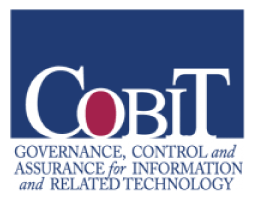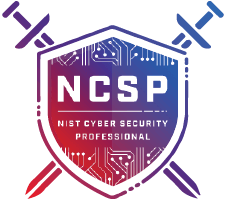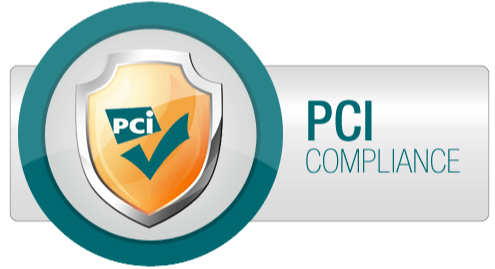An extraordinary shift is upon us in the field of education. Students are accessing information and demonstrating their capacity to learn differently. They are learning and using skill sets far different from past generations to prepare for life outside of the classroom. Indeed the fast-pace of change regularly revolutionizes the skills needed for adult success. The landscape for students is changing, and the landscape of what we ask of educators who teach and prepare students for the world and the workforce is also changing.
Our collective expectations of teachers extend way beyond organizing lessons and measuring student performance. We expect teachers to cater to individual student needs, use different learning techniques, incorporate technology and cater to the social and emotional needs of students.
These expectations are common threads for teachers who vary in practice and disposition. They also make the teaching profession much more difficult. Although teachers do a great job helping students succeed, the intricate demands and lack of professional development on the job has led to a decrease in the amount of teachers who choose to remain in the profession after their first five years.
Why Do Teachers Leave the Profession?
There are a variety of reasons for natural attrition in jobs including relocation, family matters, different schedules, salaries or distaste for management. The decision to leave for others stems from issues or concerns they feel cannot be resolved. According to the National Education Association, this includes:
- A lack of support
- Unfair demands and mandates
- A lack of assistance with student discipline
- Underfunded programs and low salaries
- A lack of influence or respect at work
The National Center for Education Statistics identified 7.7% of teachers left the profession at the end of the 2012-13 school year with this number on the rise. The same study found that 46% of those who left the profession said opportunities for professional development in their new position outside of education were better. Although the answer seems simple, increasing the quality and access to professional development for teachers continues to be a challenge .
How Do We Retain More Quality Teachers?
Many districts are responding to this data and other statistics by reshaping the professional learning experience. Professional development is also becoming more relevant, personalized and useful. When translated on a larger scale, districts can use research to not only to improve teaching practices, but to increase teacher retention and buy-in for the profession. Developing custom professional development options for teachers with different skills, levels of experience and areas of interest can help increase teacher commitment to learning communities and help them take an interest in giving back to those communities.
Taking Professional Learning to the Next Level
Educators should always have a choice in how and what they choose to learn. This can include classroom modeling and access to different learning activities, platforms and online learning communities. Social media channels such as Twitter can also be a great tool for encouraging discussion among educators. Other methods to engage teachers in professional learning opportunities can include summer learning institutes and year-long campaigns to help them find joy in implementing new practices.
Of course some teachers still enjoy learning in a traditional lecture environment, but the important thing to consider is their right to choose the most accommodating option for them.
A common framework to keep in mind is one developed by EdSurge, which follows four stages:
- Engagement – Ensures teachers have buy-in to what they are learning.
- Learning – The environment content is delivered in, which helps move teachers from knowledge acquisition to application.
- Support – Ongoing refinement of skills into successful practices that lead to improvement in teaching and student learning.
- Measurement – The data collection on the teacher’s practice or commonly known as educator evaluations.
This four-stage framework can be applied to any professional learning opportunity and will help keep teachers on track when they embark on their own learning path. The hope is that with enough reflection on the benefits of more opportunities for teachers, we’ll start to encourage the best educators to stay in the profession with more support and room to grow.




